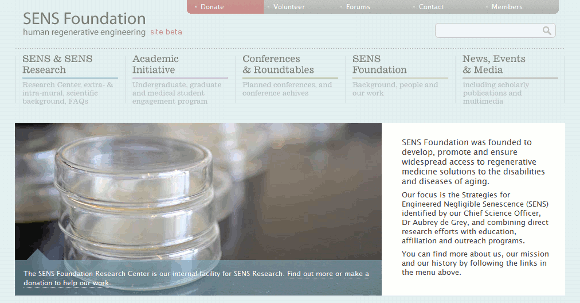More Details on the Longevity of PAPP-A Knockout Mice
The gene that encodes for pregnancy-associated plasma protein-A (PAPP-A) is of interest because knocking it out - a method of rendering the gene inoperative - extends healthy life span in mice. This genetic manipulation is one of a number of ways to beneficially alter the insulin-like growth factor system to increase life span in lower animals. It also appears to slow the decline of the immune system with age.
Here is a paper in which researchers present more details on their PAPP-A knockout mice:
The pregnancy-associated plasma protein-A knockout (PAPP-A KO) mouse is a model of reduced local insulin-like growth factor (IGF)-I activity with normal circulating IGF-I levels. In this study, PAPP-A KO mice had significantly increased mean (27%), median (27%), and maximum (35%) life span compared with wild-type (WT) littermates.End-of-life pathology indicated that the incidence of [cancer] was not significantly different in the two groups of mice; however, it occurred in older aged PAPP-A KO compared with WT mice. Furthermore, PAPP-A KO mice were less likely to show degenerative changes of age. Scheduled pathologies at 78, 104, and 130 weeks of age indicated that WT mice, in general, had more degenerative changes and tumors earlier than PAPP-A KO mice. This was particularly true for abnormalities in heart, testes, brain, kidney, spleen, and thymus.
In summary, the major contributors to the extended life span of PAPP-A KO mice are delayed occurrence of fatal [cancers] and decreased incidence of age-related degenerative changes.
It all sounds good so far - this is one of only a couple of methods of healthy life extension discovered in mice that seem to have no significant downside. The quality of techniques to slow aging in the laboratory is certainly improving, but we must remember that they are only methods to slow aging. Even if they work well in humans, a slowdown in the aging process does little for a person who is already old - and in the present regulatory environment we stand two decades away from any future commercial application of a presently interesting result in mice. What we want to see is more work on technologies of damage repair for the aging body rather than on technologies that only slow down the rate at which that damage occurs.
![]() Conover CA, Bale LK, Mader JR, Mason MA, Keenan KP, & Marler RJ (2010). Longevity and Age-Related Pathology of Mice Deficient in Pregnancy-Associated Plasma Protein-A. The journals of gerontology. Series A, Biological sciences and medical sciences PMID: 20351075
Conover CA, Bale LK, Mader JR, Mason MA, Keenan KP, & Marler RJ (2010). Longevity and Age-Related Pathology of Mice Deficient in Pregnancy-Associated Plasma Protein-A. The journals of gerontology. Series A, Biological sciences and medical sciences PMID: 20351075

